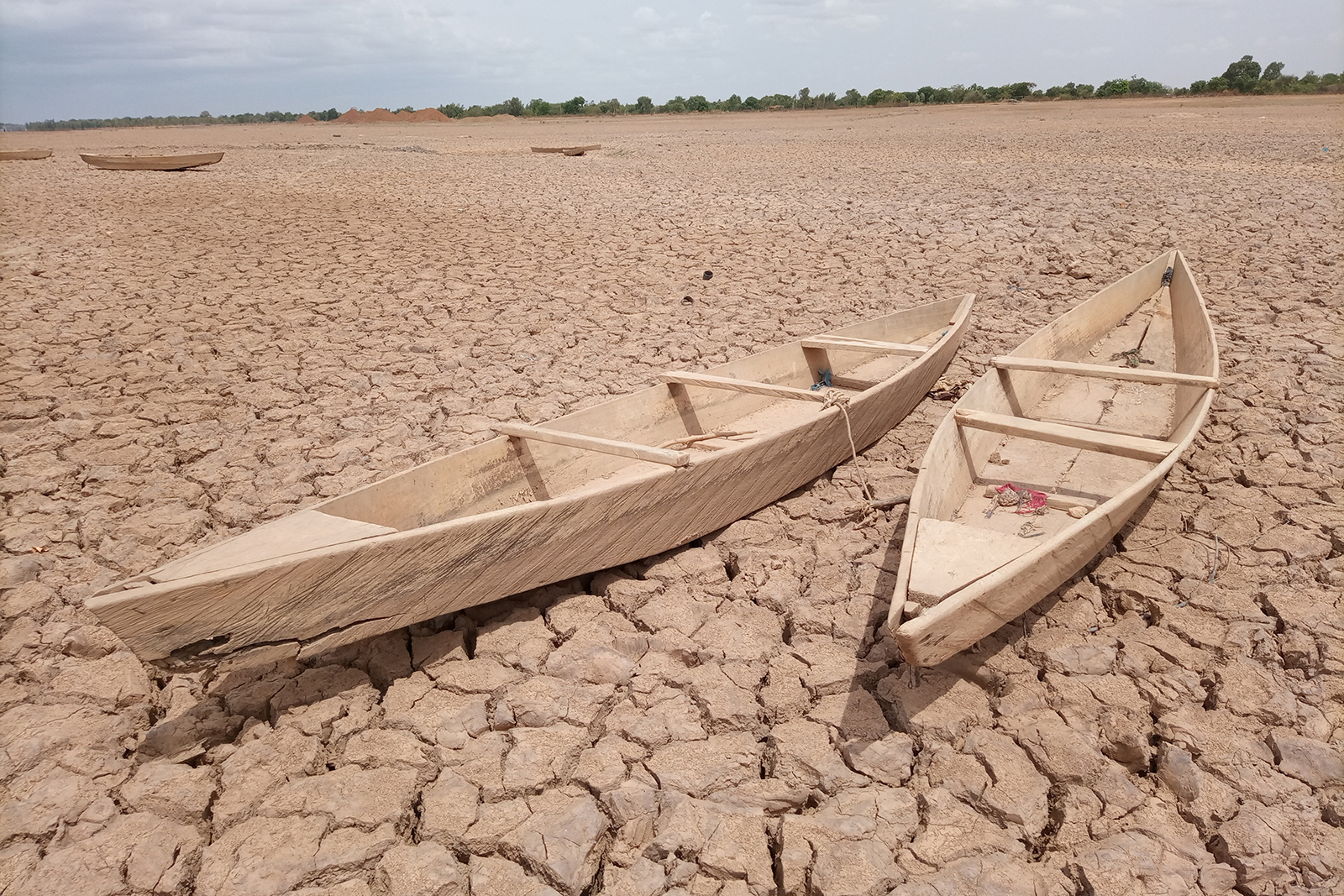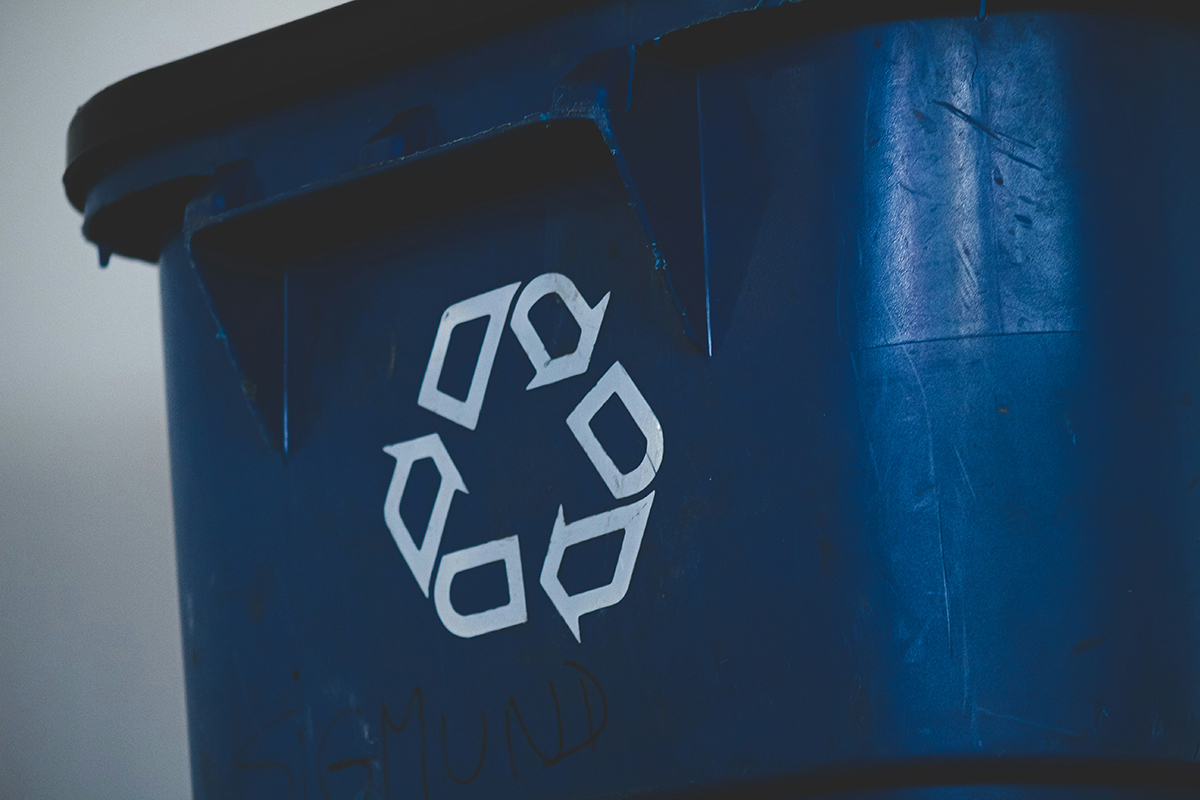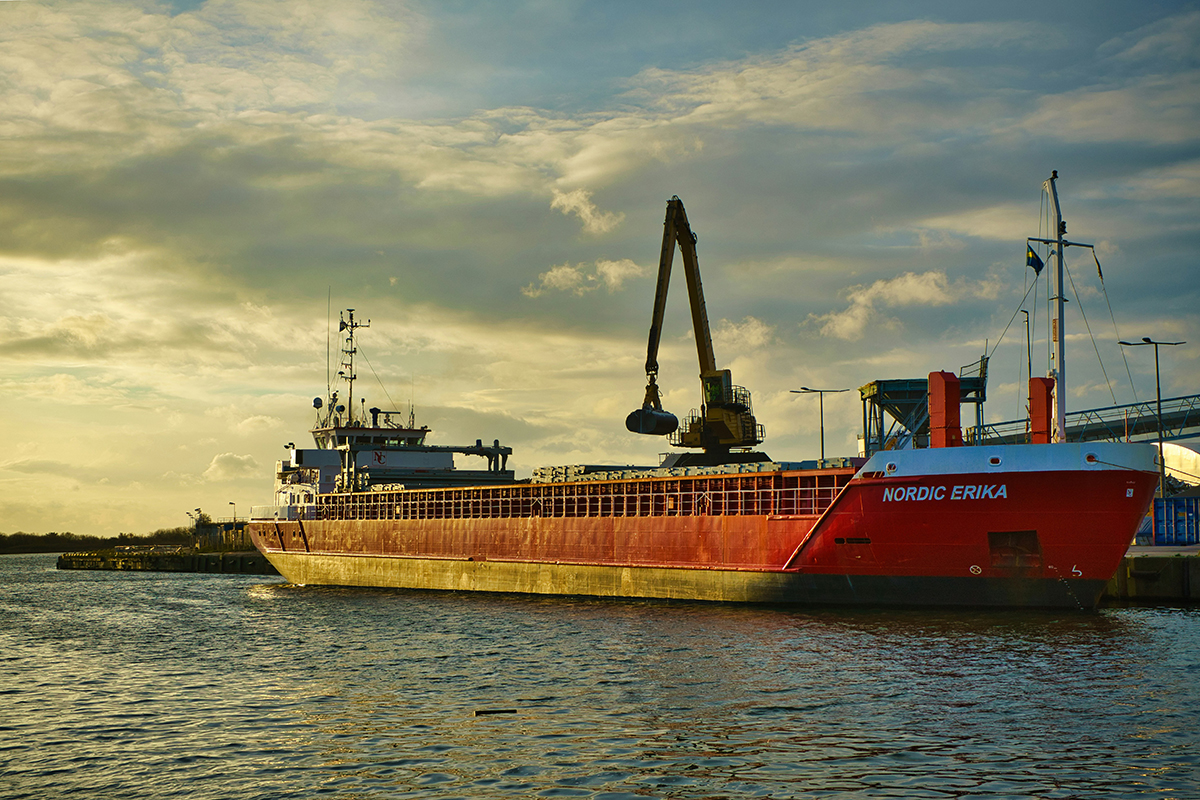Chemicals & Water
Why do we use chemicals in the textile service industry?
Laundry chemicals are important for removing stains, allowing textiles to be used for a long time. They can also contribute to killing infectious agents and the use of energy to heat washing water can then be kept down.
What should we consider when handling chemicals?
For the chemicals not to cause problems, they must be handled carefully so that they are not spilled or you get them on your body.
There must always be protective equipment, e.g. safety glasses and gloves, nearby for the person handling chemicals.
For each chemical, there must also be safety data sheets that describe the properties of the chemical and what to do if you get it on your body.
To reduce the risk of chemicals escaping into the environment, they must be stored in troughs or embankments where they can be caught before they reach the drain. Hoses and connections must be checked so that they do not have damage that causes leakage.
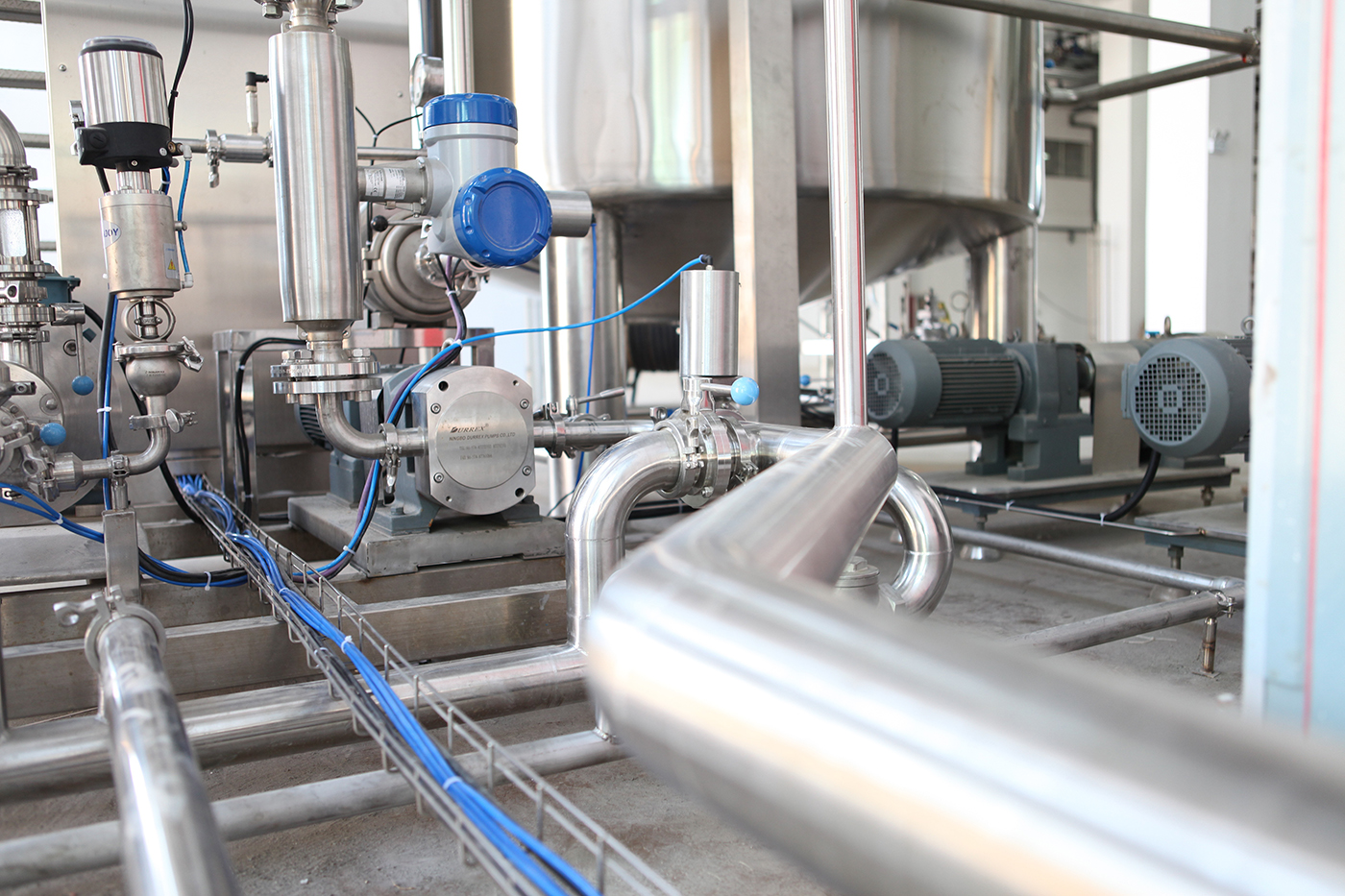
Image: Unsplash
You are part of something bigger
Chemicals used in laundries have properties that contribute to efficient washing and textiles such as protects workers in hazardous occupations. However, if these chemicals get into the environment, they can cause problems.
Sewage treatment plants are not built to take care of environmentally hazardous chemical substances. On the contrary, these chemicals can negatively affect the processes in the treatment plants, so that dirty water is no longer cleaned as effectively before it reaches our seas and lakes.
You who work in the textile service industry can contribute to a cleaner environment by never using more or more harmful chemicals than necessary and by ensuring that chemicals do not reach drains.
Image from Unsplash

How much water is used in the textile service industry?
Water use varies between different types of garments and conditions. In general, water use has been radically reduced in recent years. This is thanks to greater awareness and better machines.
Resource consumption is a focus area for the textile service industry. In 2023, ETSA presented a major European study.
How can we reduce water use?
Modern washing methods and machines have been developed to reduce water use. Clear routines and accuracy that reduce the need to rewash textiles also reduce the use of, among other things, water. There are also laundries that have implemented processes to reuse wash water.
Case: Circular water flows
Hr Björkmans Entrémattor saves 14 million liters of water, or six 50-meter basins of water, every year thanks to a proprietary water recycling technology. Water recycling means that washing water is biologically purified and reused in the next wash. Water consumption at Hr Björkmans Entrémattor can thus be kept to a low 0.45 liters per kilo of laundry. Read more here.
At Elis Textile Service in Veddesta, the reuse of purified water from the internal treatment plant has greatly reduced water use. A quarter of previously outgoing water can now be reused, which also means that energy use is reduced, as the need to heat incoming cold water is reduced. Read more here.
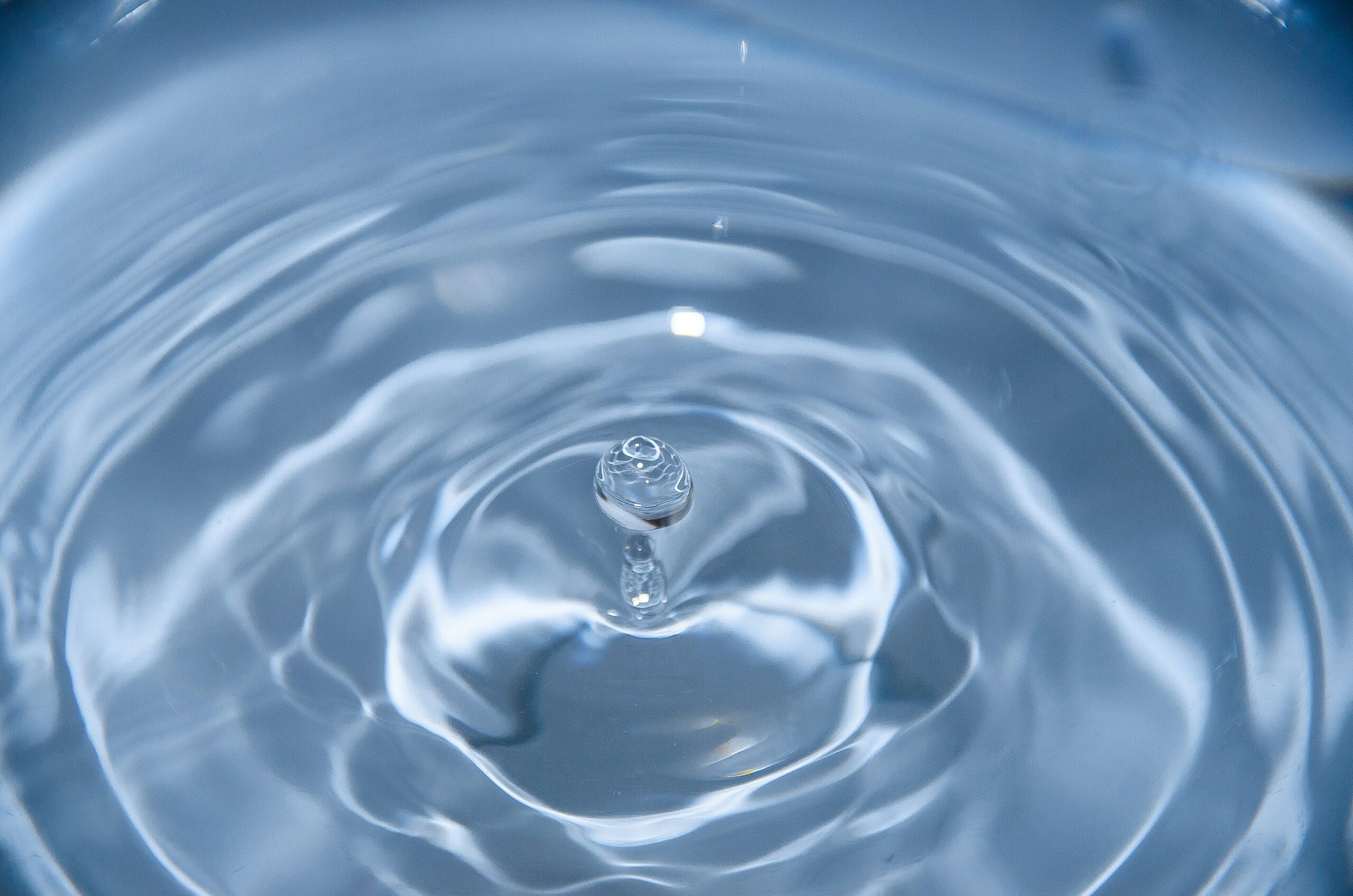
Photo by David Becker on Unsplash
PFAS
PFAS – Per- and polyfluoroalkyl substances are chemicals that make textiles water-, grease- and dirt-repellent as well as fire-resistant. Used in textiles, outer garments (eg GoreTex), umbrellas, bags, tents, mats, furniture fabric, impregnation agents for functional clothing, personal protection equipment (PPE) for firefighters and welders, among others.
According to the EU’s chemicals authority, approx. 92,000 tonnes of PFAS/year are produced for use in textiles.
Why is PFAS harmful?
PFAS “leaks” when washed and used. Emissions to the environment from textiles amount to approx. 23,000 tonnes/year. PFAS do not break down in the environment and spread all over the globe with precipitation. PFAS have been found in both penguins at the South Pole and polar bears at the North Pole. Unfortunately, the amount of PFAS builds up in animals and humans over time and can cause cancer.
In order to reduce the spread of PFAS, laws are created to limit their use in, among other things, textiles. Development takes place to find other products that can have the same positive properties as PFAS but without harming people and the environment.
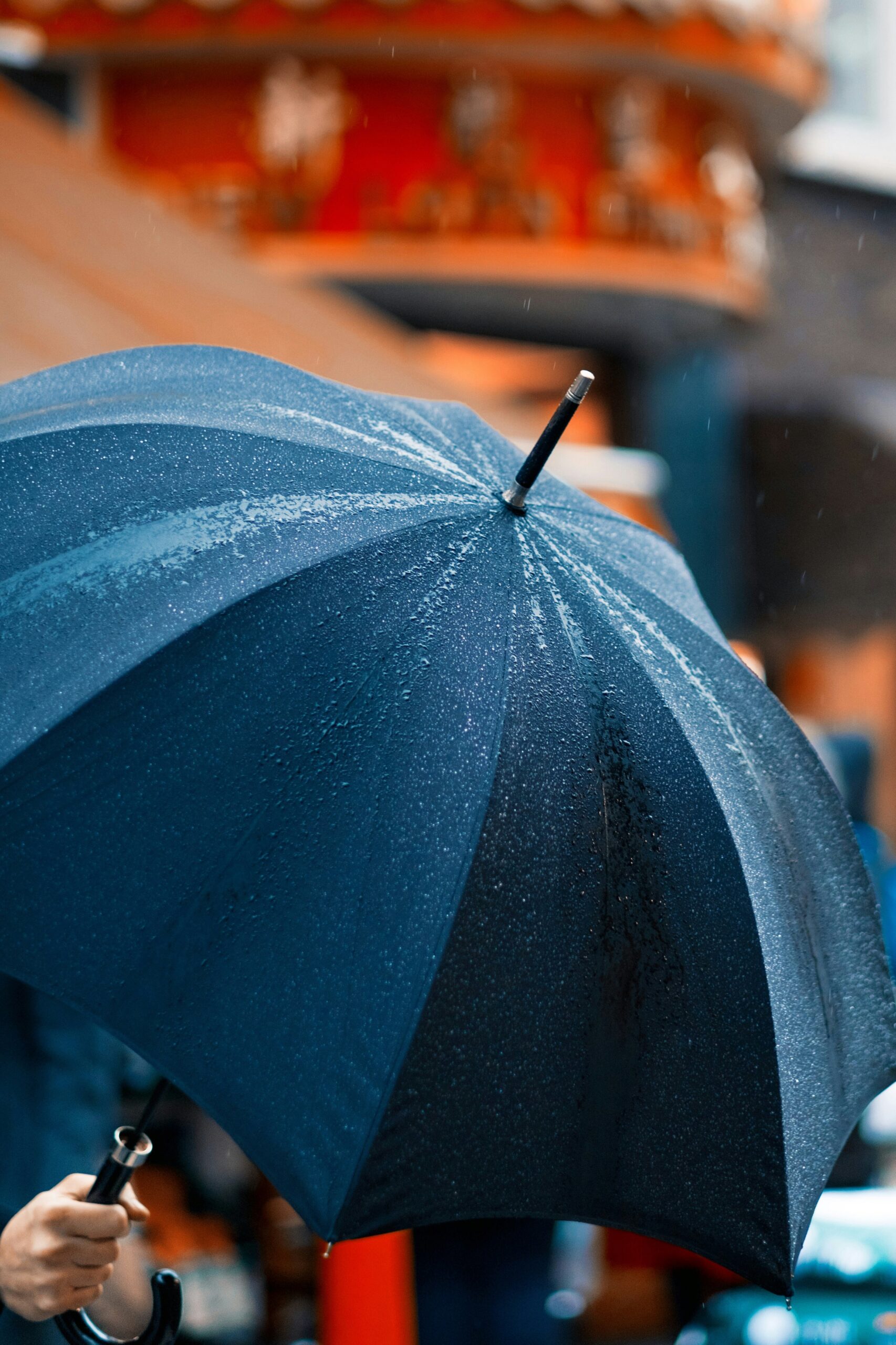
Photo by Craig Whitehead on Unsplash
You are part of something bigger
In many parts of the world, access to clean water is not a given. Even in Sweden and Denmark there are areas where access to drinking water may be limited.
In 2021, irrigation bans prevailed in 43 Swedish municipalities and a clear call for water conservation in a further 21 municipalities. It shows that even in Sweden we cannot take clean water from the tap every day of the year for granted.
Machines in modern laundries are designed to provide minimal water use. You who work in the textile service industry contribute every day to reducing water use in society.
Image: Unsplash
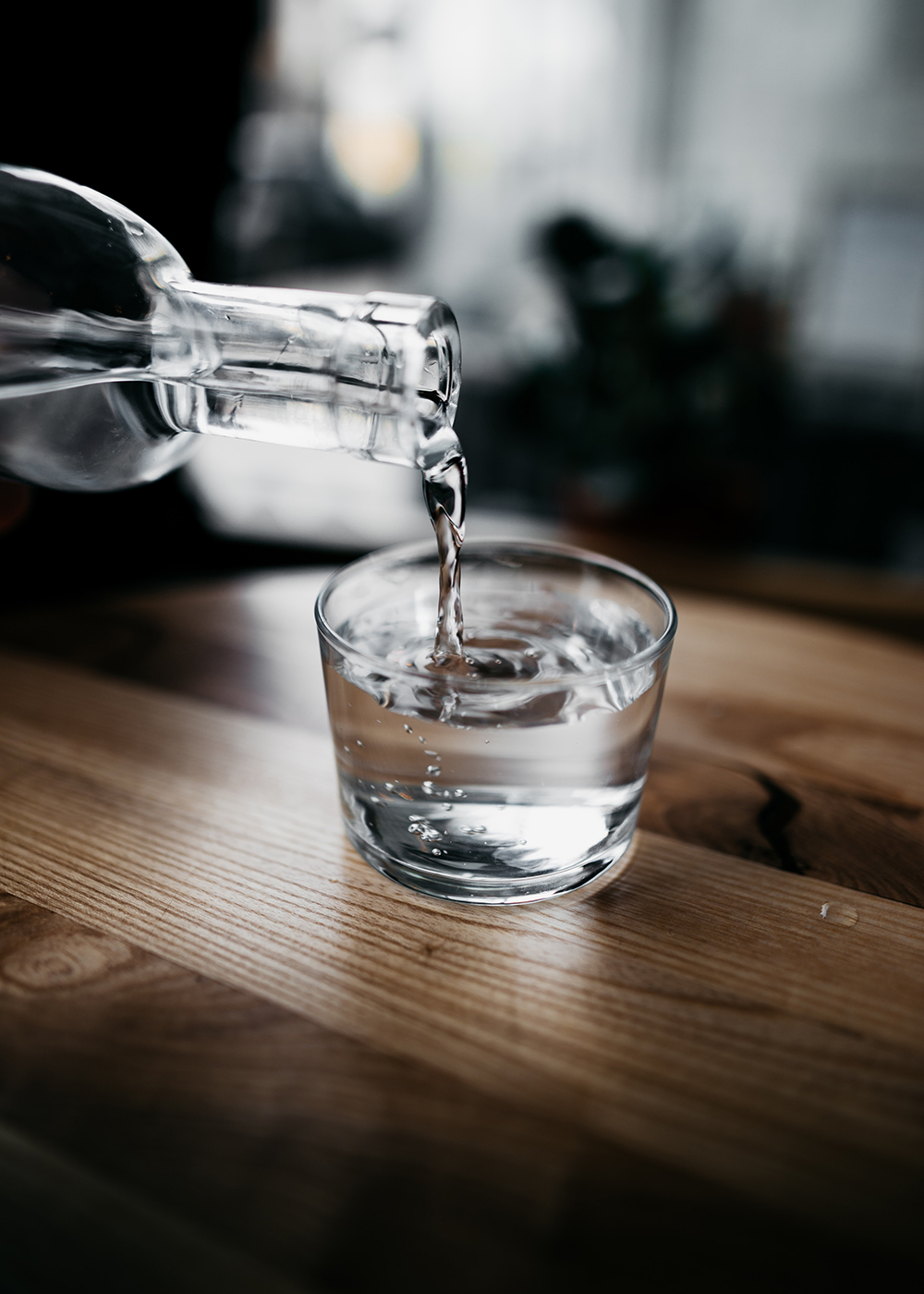
Quiz – What have we learned about Chemicals & Water?
What is the main function of washing chemicals in water washing?
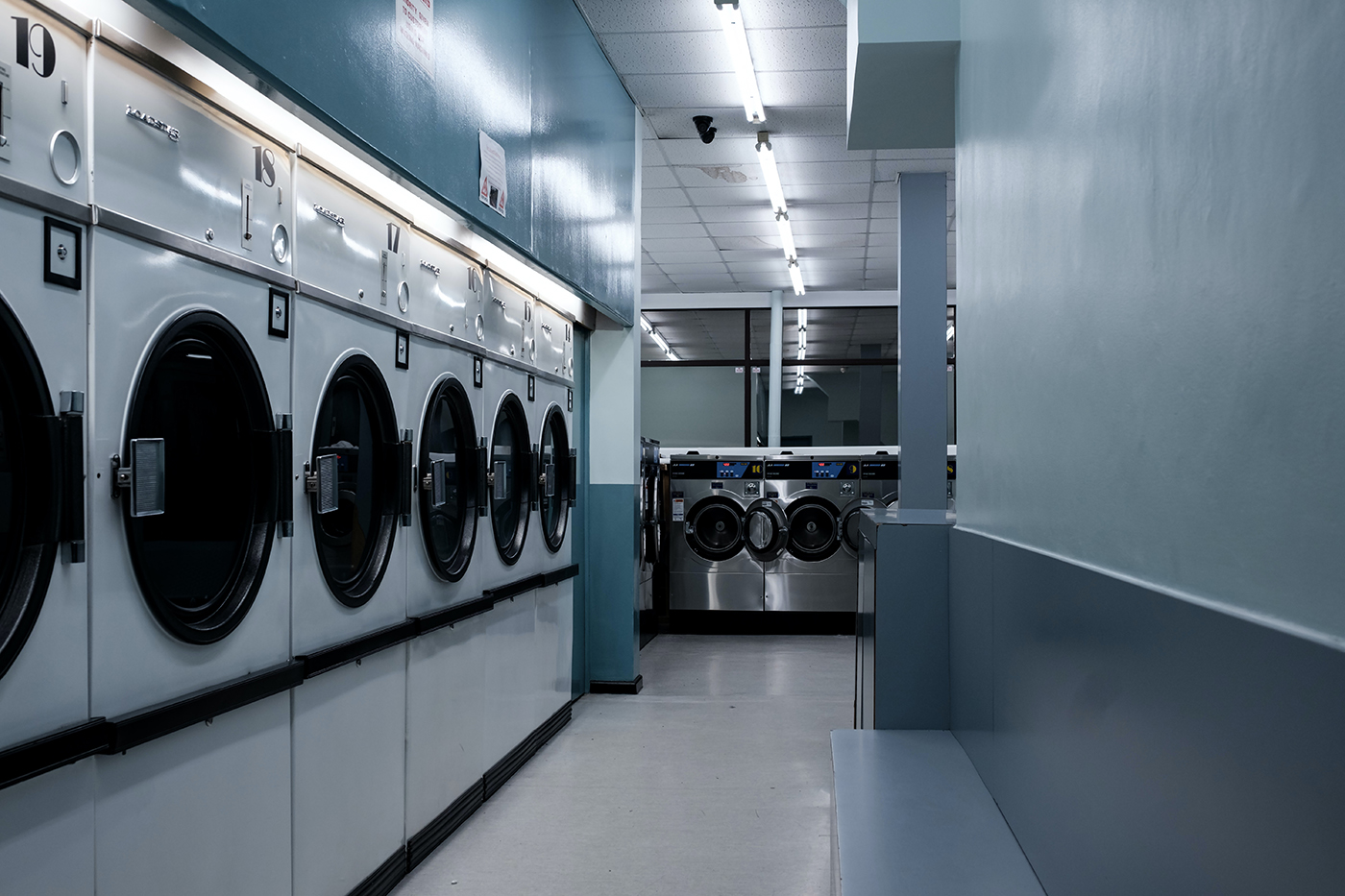 https://unsplash.com/photos/white-front-load-washing-machines-f4jsI88K7ds
https://unsplash.com/photos/white-front-load-washing-machines-f4jsI88K7ds
Why is it important to know which chemicals are used in the business?
 https://unsplash.com/photos/grey-industrial-equipment-mhUsz2ezlXQ
https://unsplash.com/photos/grey-industrial-equipment-mhUsz2ezlXQ
Why should chemicals be stored in troughs or within an embankment?
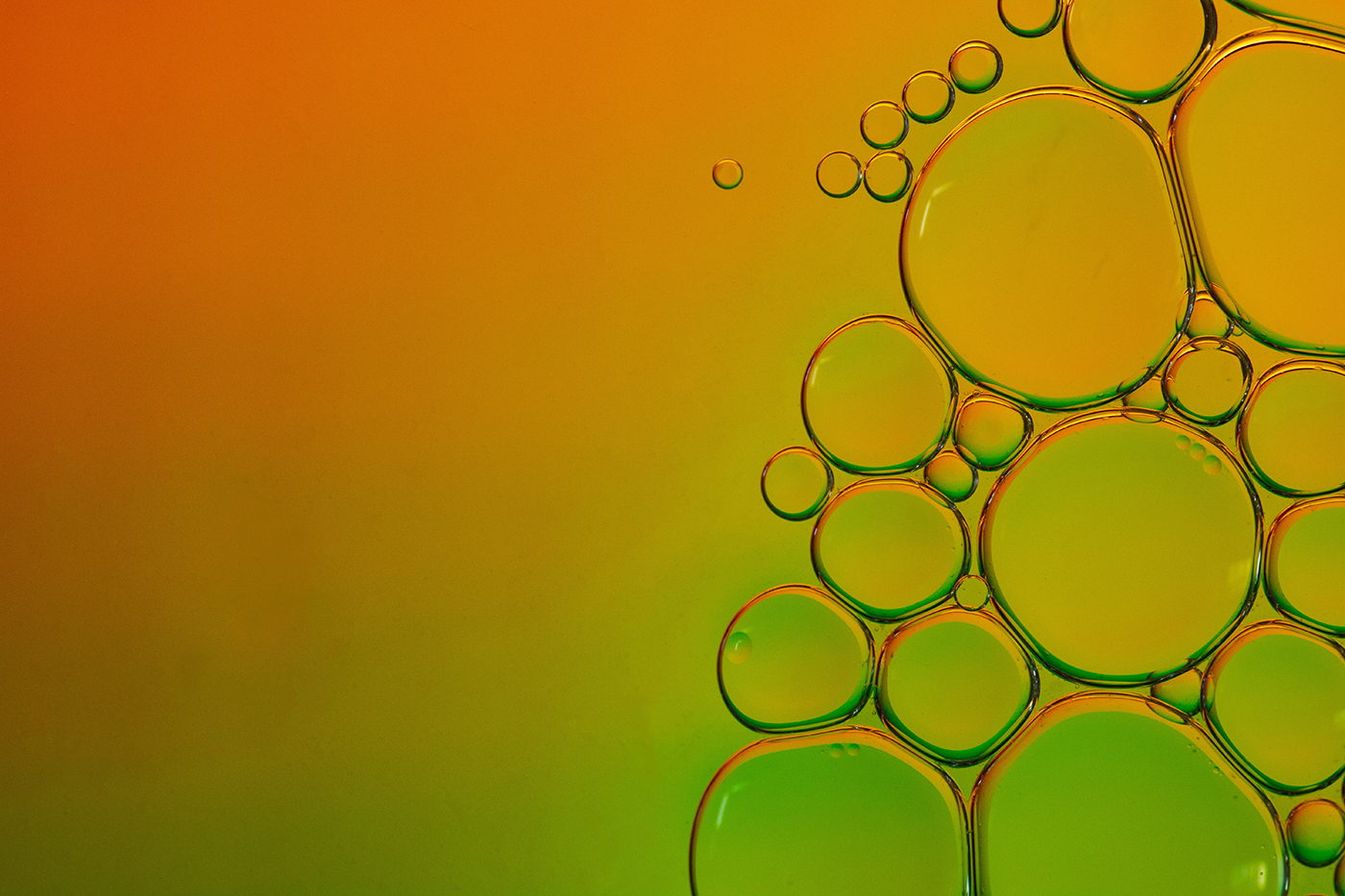 https://unsplash.com/photos/green-and-yellow-abstract-wallpaper-97yTozZh7N8
https://unsplash.com/photos/green-and-yellow-abstract-wallpaper-97yTozZh7N8

